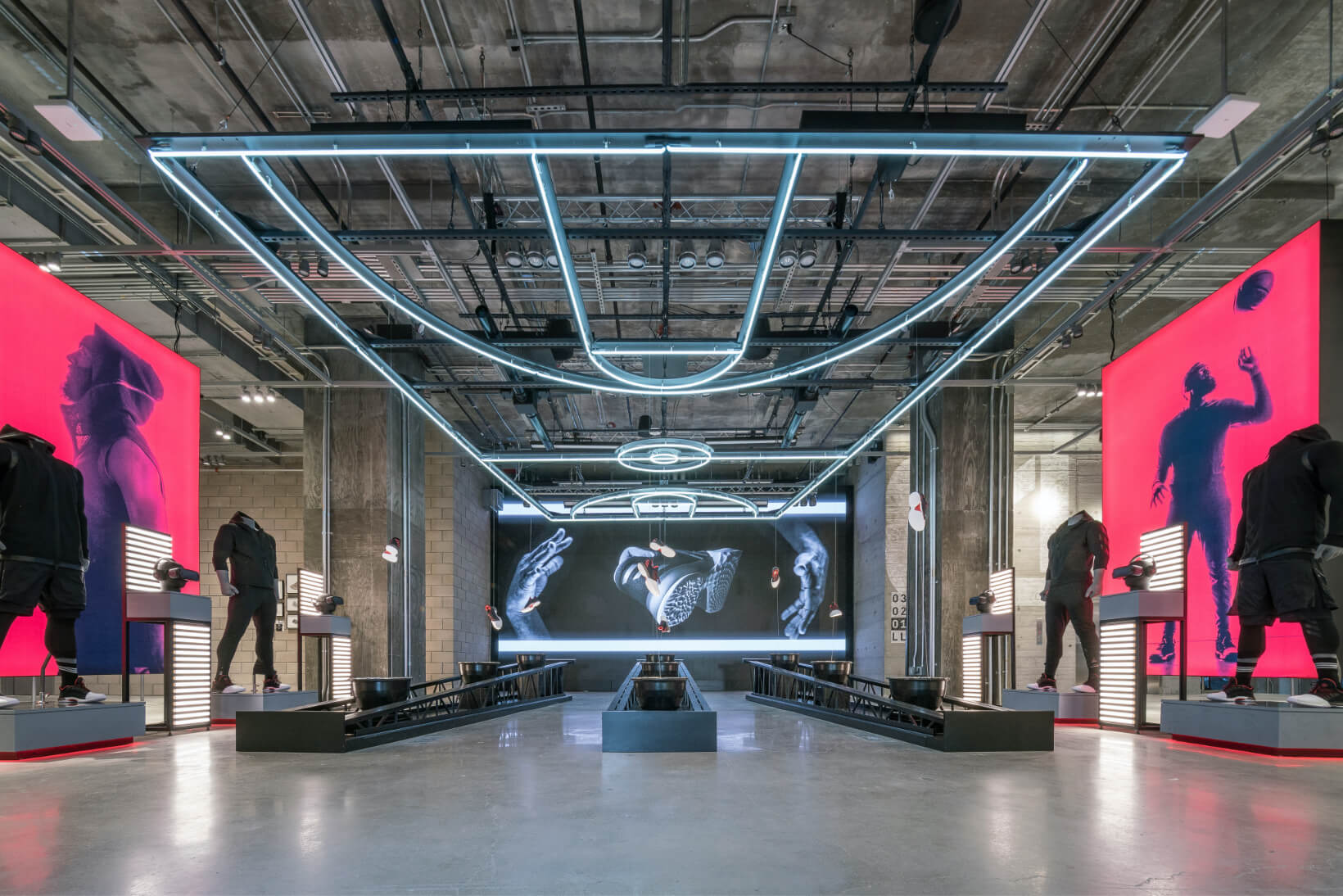Retail channel fluidity.
There’s no question that digital technologies — web, mobile, mixed reality — are increasingly dominant platforms within the retail ecosystem. Stores need to be designed to synchronize both online and physical retail into a seamless customer journey. New shopping technologies, like mixed reality, will come even closer to simulating the in-store experience, allowing customers to “try on” products from the comfort of their homes. And as physical and digital retail continue to merge, the next frontier will enable customers to interact with each other using a brand’s digital content. This will further a sense of community and create new avenues for customer engagement and enhanced brand affinity. In this moment, brands have a unique opportunity to be responsive and empathetic towards customers’ concerns and evolving behaviors, and build a new sense of belonging and trust. Across digital and in-store experiences, retail will continue to be a rewarding and inspiring platform for joy, discovery, self-expression, and human connection.

